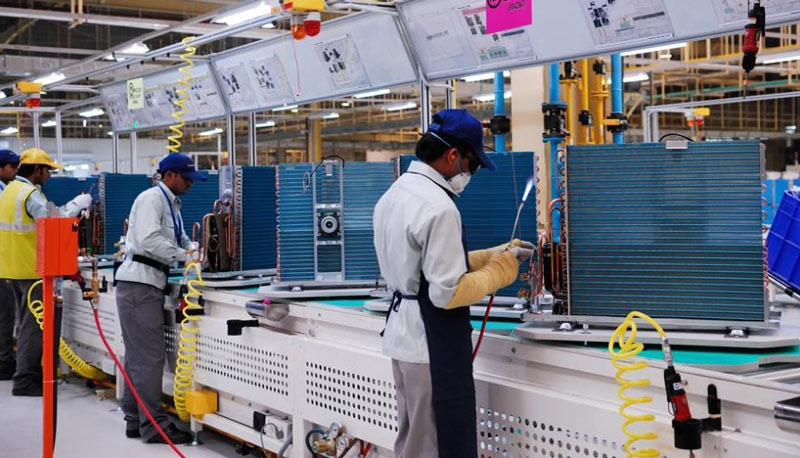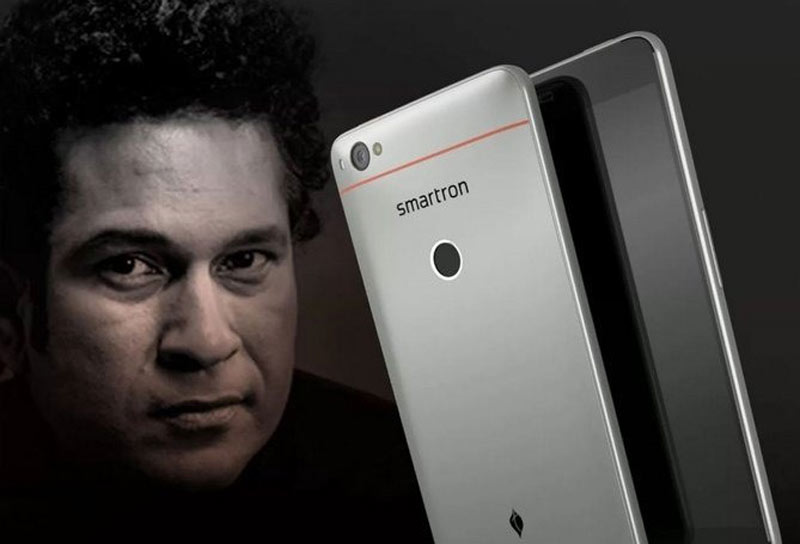Made in India or made by Indian brands like Xolo, Lava, Micromax or Intex. In addition to Indian brands to buy from Samsung or Apple. Most of all not to buy from the Chinese brands like Lenovo, Huawei, Oppo, Vivo or Xiaomi.
100% made in India or Assembled in India smartphone

Firstly, let’s understand how the Indian brands are manufacturing the phones.
As per a recent report by Hindustan Times, there is a 373% increase in the value of smartphones made in India, from just Rs. 19,000 crore in 2014-15 to Rs. 90,000 crore in 2016-17. A tremendous growth and Flextronics ( the company that makes phones for Huawei, Lenovo, Motorola) at Chennai based plant can make 10 million smartphones a month, at their 100 Acre campus.
Notably, Micromax launched a smartphone called as Micromax Dual 5 in India couple of months back that is a copy of Qiku 360 Q5 a Chinese mobile. Additionally, Micromax launched another mobile, Yu Yureka black, a copy of Wiko U Feel Prime.
In light of above information, What does Micromax or Intex or Karbonn does? They either assemble phones in India by importing most parts, or they straightaway buy the phones in bulk from China, rebrand them with their logo and sell in India at a higher rate.
The design is Chinese, the material is Chinese but the brand name is Indian.
Further, there are lots of ODMs in China (Original designer and Manufacturing companies) that make smartphones at their factories and give them to brands to relabel and sell.
Recently, a new Chinese ODM that used to make phones for Micromax in the past is launching its brand in India. The brand is called Topwise and will launch the Comio S1 phone in India soon.
Notably, Topwise will not make phones for Micromax henceforth but will sell its label.
Besides, Micromax was number 2 smartphone brand in India with 18% market share in 2014, here is an article I wrote about it – Smartphone Market Share Samsung Motorola Micromax LAVA India 2014.
Currently, Micromax’s share in the smartphone market is less than 7%, and Samsung, Xiaomi, Oppo are the top 3 players in the market.
A couple of years back, for Micromax and other Indian brands, the business was simple, get the Chinese phones in bulk at a low price, sell them in India and keep the margin.
Unforeseeably, lots of Chinese brands invaded India and Micromax, and other Indian brands started to lose share.
According to a report by Business Standard published in May 2017, only 2% of the Value addition is done in India about Mobile manufacturing. Also, under the Phased Manufacturing Program by the Ministry of Electronics, the plan is to increase the value addition to 10% in next few years.
Consequently, whether the Indian companies, import complete handsets or parts, China gets the monetary benefit.
Why Assemble or Make Phones in India?
Intex, Xolo, Lava, Micromax, and Karbonn followed the similar business model and earned profits in the past but are now struggling as Chinese are selling the same phones directly to the Indian buyers at cheaper rates. It is more like cutting the middleman.
Now Indian brands assemble phones in India. Notably, they don’t make phones in India; it is mostly an assembly of imported parts (PSB, Screen, body, etc.) from China and other countries like Taiwan.
Also, You need to pay an import duty of 12.5% when you import a full smartphone from China. On the other hand, if you set up an assembly plant in an SEZ (Special economic zone); you get tax soaps from the Indian government and pay only 1% tax.
Most of all, it is considered as part of Make in India campaign. So, most Indian, and Chinese brands have set up an Assembly unit in India, including Xiaomi, Vivo and Oppo.
Vivo has a huge facility in Greater Noida to Assemble (Make) smartphones in India.

Even, the iPhone and Samsung phones are not made in India. The iPhone-SE is assembled in Bangalore and Samsung has a factory in Noida to assemble phones, but indeed, there are many components imported from China and other countries.
But is it bad to assemble phones in India?
In fact, It is good for the economy, as there is employment generation, and help create ancillary industries.
But the bottom line is still same; the parts are imported from China, Taiwan, Korea or other countries. As they have manufacturing plants for processors, display panels, motherboards, Ram and other components.
100% Made in India Smartphones?
We can’t make a Qualcomm or MediaTek processor in India, the investment required for such a plant is huge. Further, to manufacture motherboard parts, there is also a requirement of mineral elements that may not be available in India in abundant quantities.
Quick Fact: No, Smartron is also not 100% made in India.

Also, there are huge semiconductor manufacturing units in China and Taiwan with cutting-edge R&D that is difficult to replicate. Several other parts such as the display panels and motherboards are made in other countries and imported.
So, if we think there is a 100% made in India smartphone, then we need to get our facts right. Moreover, it is also not going to be possible in the near future. Consequently, there are many Assembled in India phones available.
Lastly, India also has R&D and Design labs for creating the blueprints for new mobiles.
Let’s also discuss some more important aspects of Made in India.
Jio Phones Dongles, and other Equipment From China
JIO phone – Some days back JIO phone was in the news, and since it is very affordable, the units are also imported from China.
However, Mr. Mukesh Ambani said they may assemble it here in India, but the processor and other parts will be imported.
Dongles for Airtel, Vodafone, and Idea are mostly made by Huawei and ZTE, both Chinese brands. Notably, these are sold under the brand name of the Indian telecom operators.
There are a lot of similar examples of products brought from China and relabeled in India
Concluding Thoughts – Made in India Smartphones
As per an NDTV report, 37 Mobile companies are setting up the manufacturing units in India, and it will lead to 1.65 lakh direct and indirect jobs.
Although Made in India initiative has helped the country a lot but there is still a long way to go.
From straightaway importing the smartphones from China, we have moved to importing parts and assembling them in India.
Noticiably, the government of India has recently raised the import duty on electronic devices. It will strengthen the made in India initiative, consequently, will create more jobs and help the economy.
We can’t expect 100% in-house manufacturing of a technology-driven industry to happen overnight.
Made in India is a positive step by the center and state governments, and with time there is bound to be more progress.
It will bring more industries since India is one of the largest mobile markets in the world.




